Understanding What is Digital Marketing
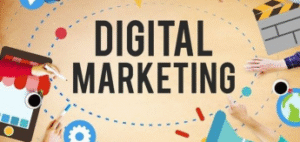
In today’s rapidly evolving digital age, understanding what digital marketing is crucial for businesses aiming to thrive. Digital marketing includes all forms of marketing efforts that use the internet or electronic devices. From social media and search engines to email and content marketing, it’s about reaching the right people at the right time online.
Whether you’re a budding entrepreneur or a seasoned marketer, learning modern marketing strategies can take your brand to the next level. This comprehensive guide will walk you through the essentials of marketing, the 7Ps, the importance of branding, CRM, and how digital tools have reshaped how we connect with customers.
1. What is Digital Marketing?
Marketing is the process of promoting, selling, and distributing a product or service. It involves researching customer needs, creating products that meet those needs, pricing them appropriately, and promoting them to your target audience.
Example:
Think of a startup selling eco-friendly water bottles. Their marketing involves understanding what eco-conscious customers want, designing stylish yet sustainable bottles, setting a competitive price, promoting through social media, and distributing via e-commerce platforms.
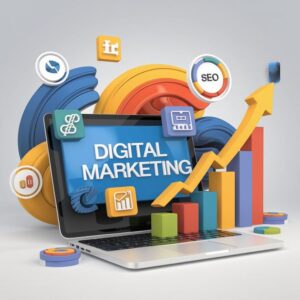
2. Core Components of Modern Digital Marketing Strategies with Practical Examples:
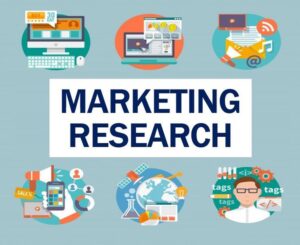
(1) Market Research
Understanding the target audience through surveys, interviews, or digital tools like Google Analytics.
Example: Before launching a new snack brand, the company surveys 500 potential customers about flavor preferences.
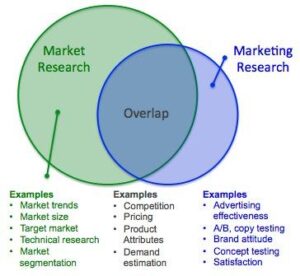
(2) Product Development
Creating or improving products based on feedback and needs.
Example: A smartphone brand updates its model based on customer reviews from the previous version.
(3) Pricing Strategy
Setting a price that reflects value, cost, and market demand.
Example: A fashion label offers premium pricing for a limited-edition collection to highlight exclusivity.
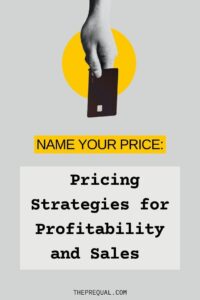

(4) Promotion
Activities to boost product awareness: ads, influencer marketing, public relations, etc.
Example: A new fitness app runs Instagram ads and partners with influencers for product exposure.
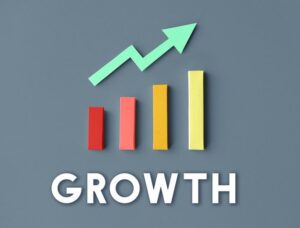
(5) Place Distribution
How and where the product is sold – online stores, retailers, or direct-to-consumer.
Example: A cosmetics brand sells through Amazon, its website, and select beauty stores.
3. What Are the 7Ps of Digital Marketing Mix?
1. Product
The item or service you offer.
Example: A vegan protein shake designed for athletes.
2. Price
How much do you charge?
Example: Monthly subscription model for a productivity app.
3. Place
Where do you sell it?
Example: Physical retail + online store.
4. Promotion
How do you attract customers?
Example: Facebook ads + influencer campaigns.
5. People
Staff and stakeholders are involved in delivering your product.
Example: Customer support and brand ambassadors.
6. Process
The systems behind delivering your service.
Example: Automated checkout and delivery system.
7. Physical Evidence
Tangible proof like packaging, websites, and testimonials.
Example: Stylish packaging and verified Google reviews.
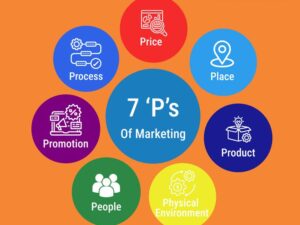
4. Importance of Branding in Digital Marketing
Branding creates a unique identity and emotional connection with your audience. It goes beyond logos — it’s how customers perceive your business.
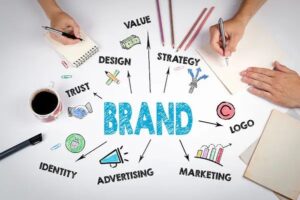
Tips for Branding:
- Use consistent fonts, colors, and tone
- Share your brand story
- Invest in professional logo design
- Engage authentically on social media
Example: Apple positions itself as innovative and premium through sleek design and minimalist advertising.
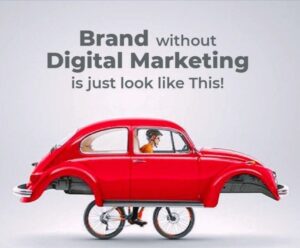
5. What is CRM (Customer Relationship Management)?
CRM involves managing interactions with existing and potential customers using tools like Salesforce, HubSpot, or Zoho.
Tip:
Automate follow-up emails for abandoned carts.
Example: An online bookstore sends personalized emails suggesting new books based on past purchases.
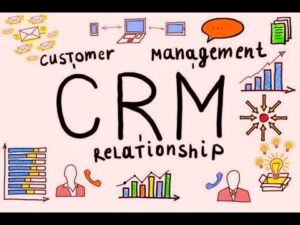
6. Inbound vs Outbound Marketing
Inbound:
Attracts customers via content, SEO, and value-based engagement.
Example: A blog that solves customer problems and attracts organic traffic.
Outbound:
Pushes your message to consumers via ads, cold emails, or telemarketing.
Example: A direct mail campaign promoting a local gym.
7. Marketing Channels: Traditional to Digital
(1) Historically:
TV, radio, newspapers, and billboards
(2) SEO (Search Engine Optimization):
Optimizing content to appear in search results.
(3) SMM (Social Media Marketing):
Promoting content on platforms like Instagram, Facebook, and LinkedIn.
(4) Content Marketing:
Creating blogs, videos, and guides to educate or entertain.
(5) PPC (Pay-Per-Click):
Paid ads on Google or social platforms.
(6) Email Marketing:
Sending newsletters, offers, and updates directly to inboxes.
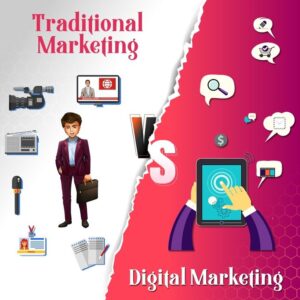
8. Relevance of Digital Marketing in Today’s World
(1) Personalization at Scale
Tools like AI and email automation allow brands to personalize messages for thousands of users.
(2) Measurable Results
Use Google Analytics or Meta Ads Manager to track ROI.
(3) Broader Reach for Less Cost
Reach global audiences with Facebook Ads or YouTube videos.
(4) Automation and Efficiency
CRM tools, chatbots, and scheduling platforms streamline operations.
9. Marketing Funnel and Strategy (with Visuals)
Marketing Funnel Stages:
- Awareness
- Interest
- Consideration
- Intent
- Purchase
- Loyalty
Example: A skincare brand creates:
- Awareness through Instagram Reels
- Consideration via customer testimonials
- Purchase via discount codes
(Visual to be created: A funnel image with alt text: “Marketing funnel with stages – Modern marketing strategies”)
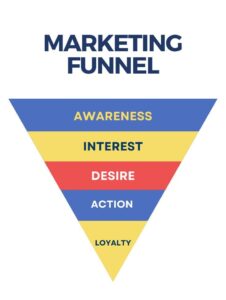
10. Business vs Brand
Business: Sells products/services to make money.
Brand: Creates emotional connections, customer loyalty.
Example: A bakery (business) vs. Lila’s Cupcake Co. with a cute logo, packaging, and story (brand).
FAQs About Digital Marketing
1. What is digital marketing?
It’s the promotion of products/services using digital channels.
2. Why is digital marketing important?
It helps you reach a global audience at a low cost.
3. What are the 7Ps of marketing?
Product, Price, Place, Promotion, People, Process, Physical Evidence.
4. How does SEO work?
SEO improves your content’s visibility in search engines.
5. What is content marketing?
Creating valuable content to attract customers.
6. Is email marketing still effective?
Yes, especially with personalization.
7. What tools do digital marketers use?
Google Analytics, Canva, HubSpot, Hootsuite.
8. What is SMM?
Social media marketing—promoting through social channels.
9. What is PPC?
Pay-per-click—an advertising model where you pay per click.
10. How is inbound different from outbound marketing?
Inbound attracts, outbound interrupts.
11. What is CRM in marketing?
It’s managing relationships with leads/customers.
12. Can small businesses benefit from digital marketing?
It’s cost-effective and scalable.
13. What is the difference between a business and a brand?
A business sells; a brand connects emotionally.
14. What are some examples of great branding?
Nike, Apple, Starbucks
15. How to choose the right digital channel?
Know your audience and budget.
Internal and External Links
- Varsha Kohli LinkedIn Profile
- Visit DigiAdgency
- Hire a Digital Marketing Freelancer
- Best Digital Marketing Agency
Written by: Varsha Kohli
Digital Marketer | Graphic Designer | Canva Creator
